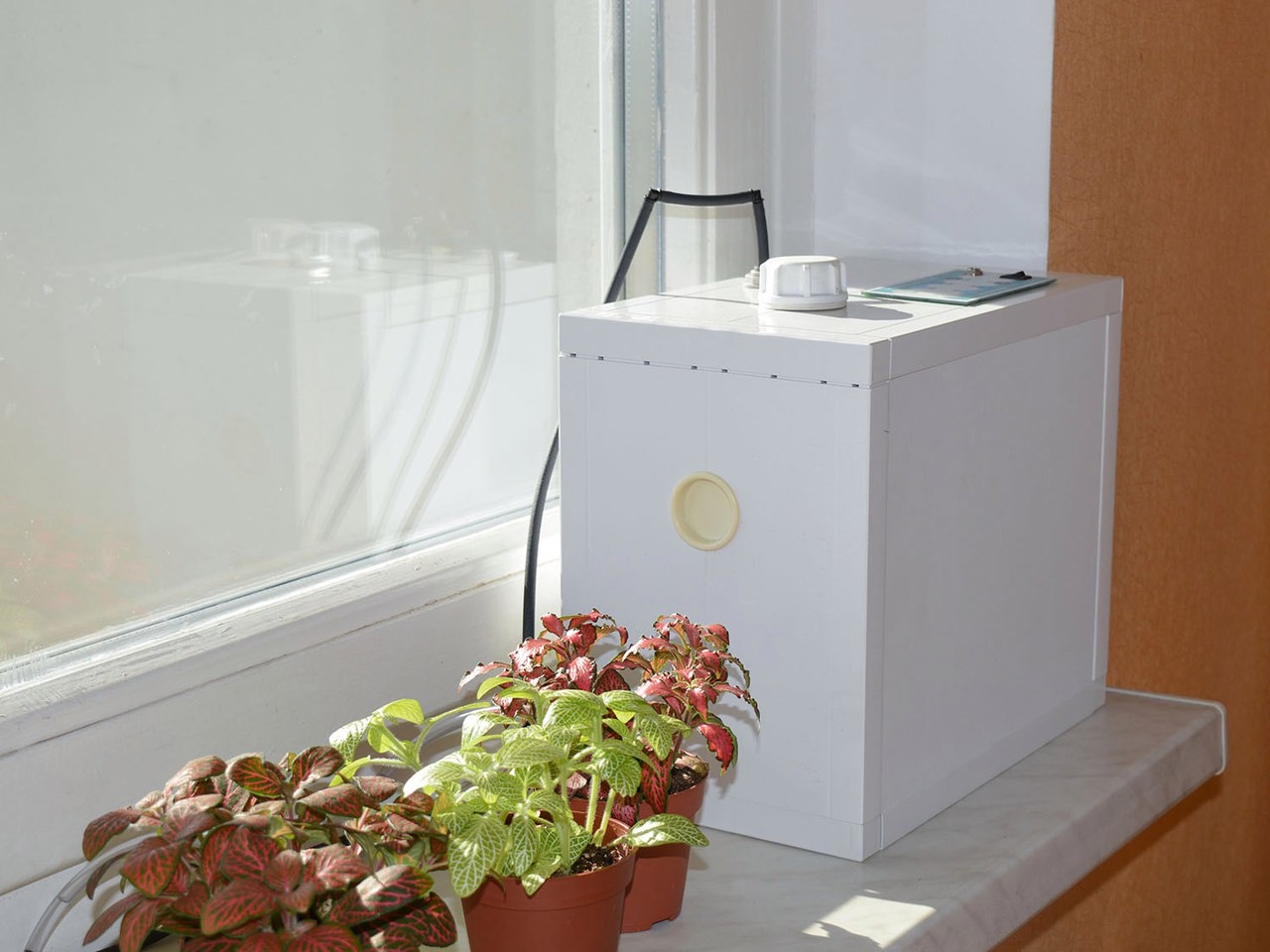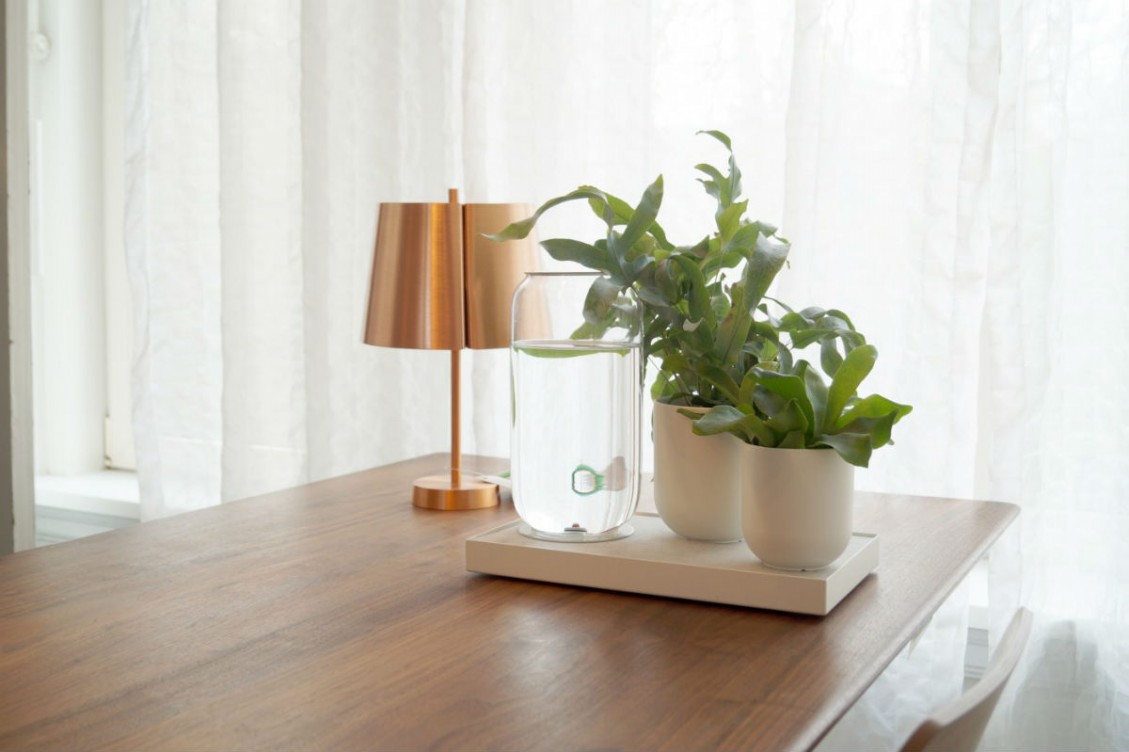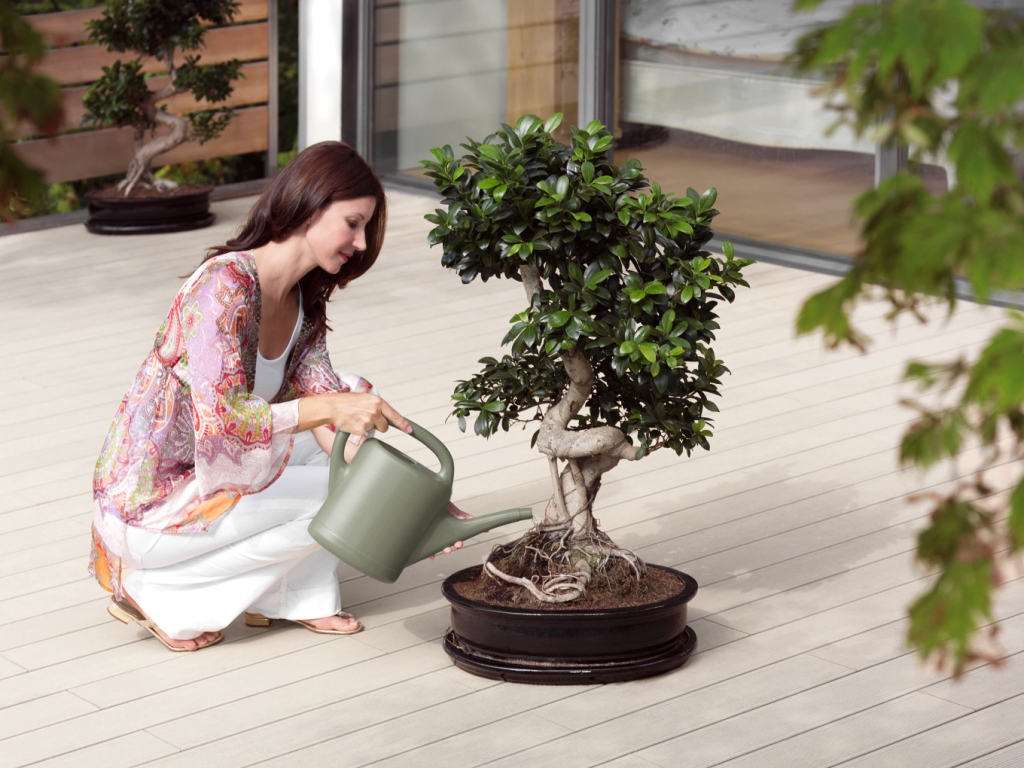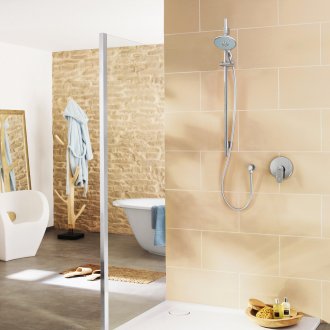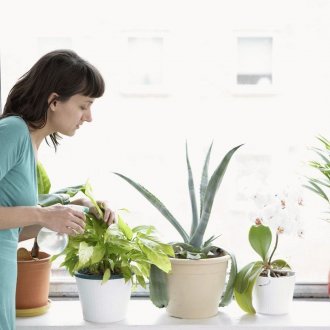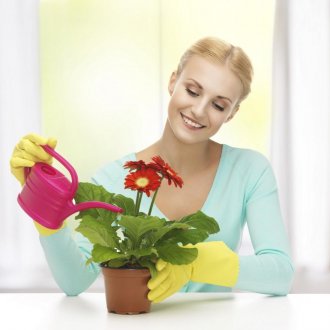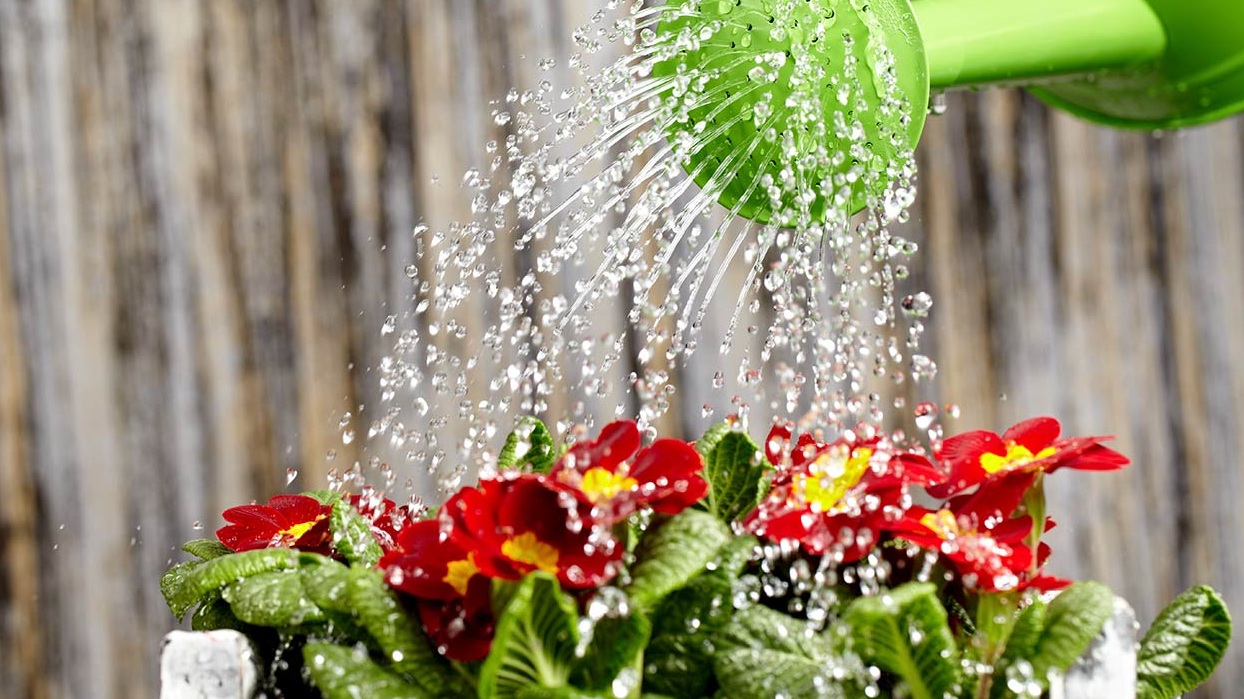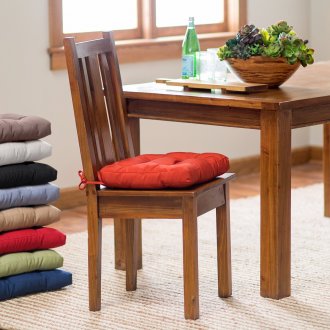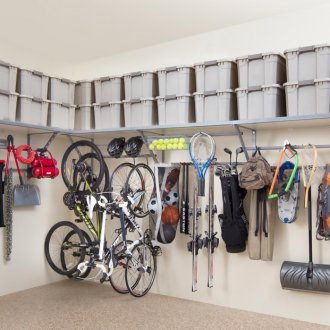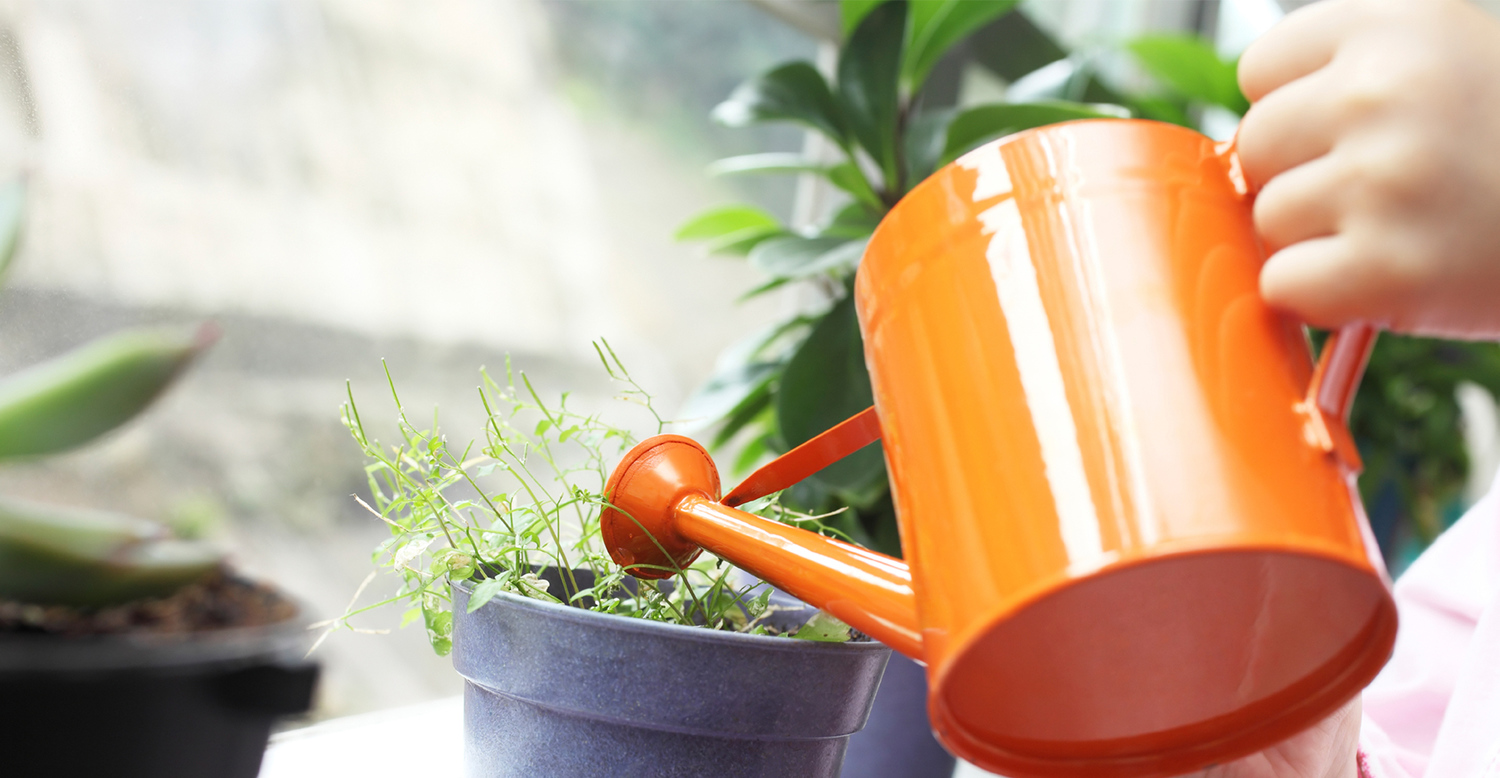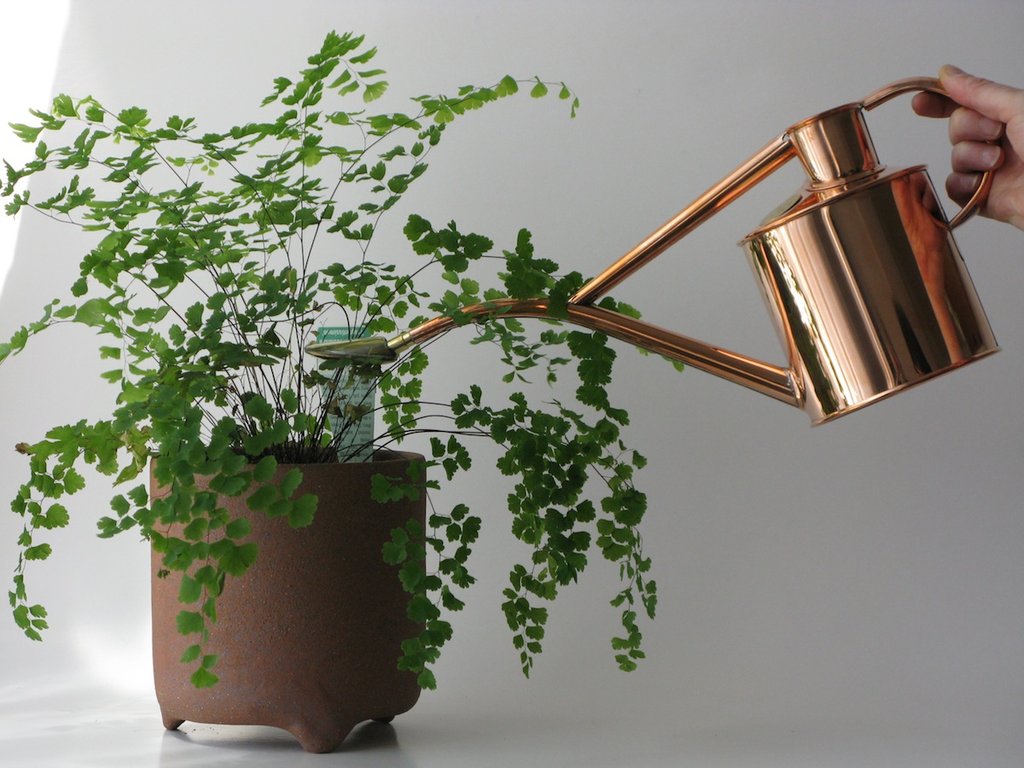Watering indoor flowers: popular and easy ways
Content
Watering indoor flowers is the main care procedure. In this regard, special attention should be paid to this issue. In nature, plants receive their moisture in the required amount from the earth, air and in the rain. At home, plants can quench their thirst if they are watered by the owner.
Common methods of watering plants
How to water indoor flowers and which way to choose? There are many ways to water a plant today:
- Immersion watering. With this method of watering, the flower pot will need to be immersed in a container of cold water. The pot must be kept until it absorbs the required amount of moisture. The water level should approximately reach the middle of the pot. The time a plant spends in water depends on how dry the soil is. As soon as you notice that the soil has become wet, the pot can be removed from the tank.
- Top watering plants. This system is considered traditional. It is mainly used by a large number of people. With this method of irrigation, the upper part of the soil is wet longer.
- Using technology "potato hamburger." It is necessary to take a container slightly larger than the pot or pot. At the bottom of the pot you will need to put a wet rag, sponge. The holes between the pots can be closed so that moisture evaporates as little as possible.
- Increased environmental humidity. Plants get moisture not only from the soil, but also from the air. You can put pots of plants over water. The bottom of the dish can be sprinkled with pebbles or any other stones.
- Gravity watering. With this system, water will enter the pot using a conductor. Some kind of rope is usually used as a conductor. The rope can be cotton or polyethylene. We lower one end into a vessel with water, suspended or installed next to it, and immerse the other into the soil. This option can be an excellent solution if you want to water the indoor flowers during the holidays.
- Wick watering. The role of a wick is a piece of cloth or rope, which is placed in a pot. It will serve as a conductor of moisture through the drainage hole. We lay the top end of the wick on the bottom or on the drainage material. We hang the rest of the rope through the drainage hole in the pot. With the capillary movement of water, the liquid will gradually flow into the pot. To improve aeration, it is recommended to use special drainage materials.
- Sand capillary irrigation. It is necessary to take a small and wide pan, pouring washed sand there. The height of the sand should be five centimeters or more. In this pan, it is necessary to install pots that have a drainage hole. A drinking bowl should also be installed in the sand tray, which will gradually saturate the sand with moisture.
- Capillary supply of moisture using matter. The same effect as in the previous method of irrigation can be achieved by using a piece of matter. The free edge of the rag will need to be put in a nearby vessel with water, and the other sent to the pot. It is advisable for this purpose to use a material that has the ability to quickly absorb water.A terry towel is an excellent solution for this method.
- Drip irrigation system. Drop watering for indoor or household plants is an excellent solution for the constant supply of water to plants with the necessary amount of moisture. With this method of irrigation, the soil will not dry out and lack nutrients. Water is supplied using a drip tape or hose. The type of feed can be gravitational or forced. Water from the source is supplied to the plants through pipes having branches. Ordinary fittings can be used as branches. So the flowers during the holidays are not wilted.
If you go on vacation for two or more weeks, then, of course, it is important not to forget to transfer plants to automatic watering. In order to be sure that the plant accepts this method of obtaining moisture, it is recommended to switch to automatic watering in advance, observing every day how the plant will feel. If you noticed that the soil has stopped moistening, then try switching to a new method, more reliable. Before leaving, it is important not to forget to water the plant well.
The choice of water for watering plants, and how often to water
Many gardeners are wondering what kind of water is best watered. Of course, the water that is supplied from the tap is unsuitable for high-quality irrigation. If you water with such water, then gradually chlorine and various metals that can destroy the plant will accumulate in the pots. Boiled water for watering indoor flowers does not contain these components, but it is not a way out. Firstly, not every plant will benefit from plaque from the teapot, and secondly, when boiling, all the beneficial microflora disappears.
The optimal solution is tap water, but it should be settled. In order for the water to settle, you will need to leave the open dishes with water in a dark room for several hours. Water will acquire room temperature, and chlorine will evaporate.
How often to water indoor plants? Watering plants should be carried out depending on the humidity in the room, temperature and type. Therefore, the question of how many times to water should be decided on an individual basis. When leaving for a long period, you can organize automatic watering. As a rule, most plants need watering once a week.
The regime of winter watering for indoor flowers depends on the conditions of detention. For example, plant growth depends on the length of daylight hours. In winter, it is small, and in spring and summer it increases. In winter, many plants do not need frequent watering and go into hibernation. On hot days, watering should be frequent.
The irrigation system is selected based on your individual preference and type of plants. Irrigation should not be excessively frequent. It is better to water rarely and in small portions than constantly pouring flowers. Overflow makes the plant less hardy and slows down the growth process.
Watering with hydrogen peroxide to improve growth
You need to learn how to track signs of moisture deficiency in a plant. As a rule, in such a situation, in most plants, the leaves hang, look wrinkled and drooping. If the plant blooms, then it will drop its buds. With excess moisture, on the contrary, the leaves become excessively watery, they may turn yellow. Thus, watering plants should be correct and in moderation.
In order for the plant to feel great, it is necessary to learn how to care for it. To grow plants, prevent the development of fungus and rotting of the roots, watering with hydrogen peroxide is often used. In addition, peroxide can be used for disinfection if wounds appear on the plant.
In order to water to improve the condition of the flowers in the room, you need to mix 2 tablespoons of peroxide with one liter of water.All must be thoroughly mixed and irrigated.
With a systematic and competent watering, any plant boasts a healthy appearance. It is necessary to competently approach the choice of irrigation method, observe the period.
